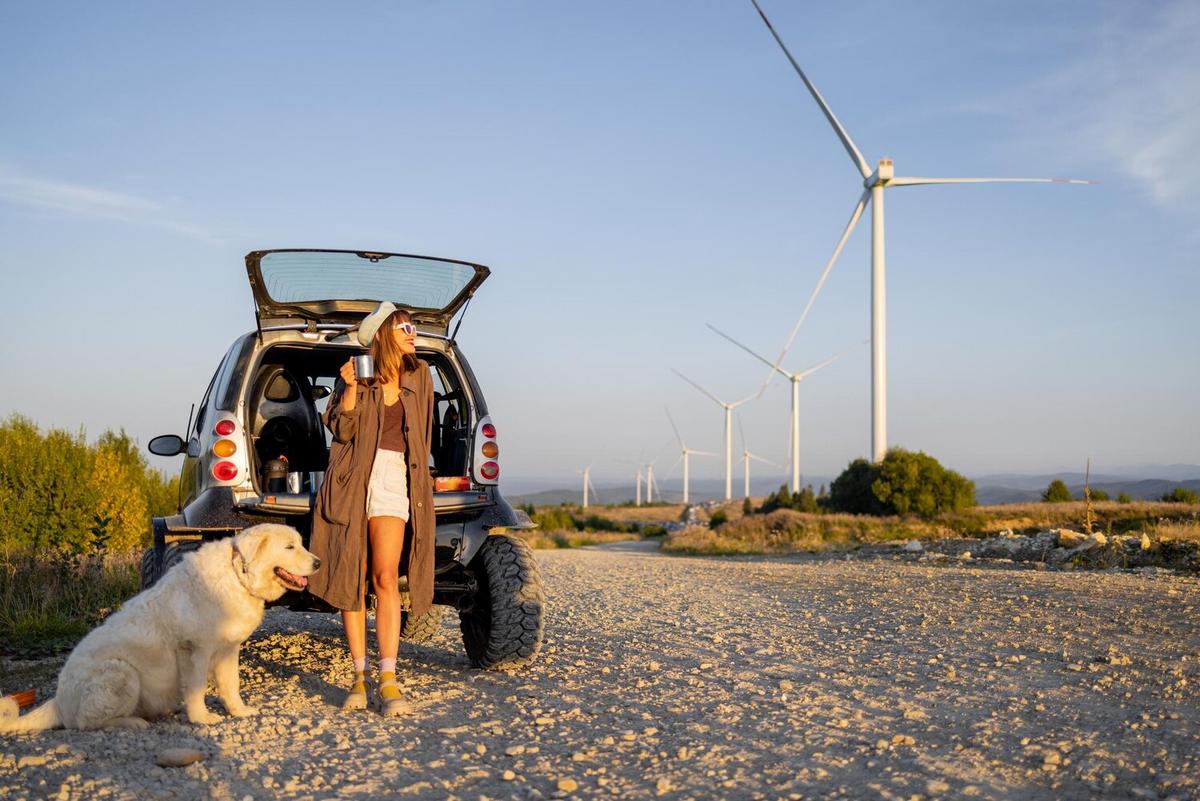
Renewable Energy on the Road: Traveling with a Clean Conscience
With a growing awareness of environmental impacts, travelers are increasingly seeking ways to explore the world more sustainably. One key area of focus is the use of renewable energy in travel, offering an opportunity to tread more lightly on the planet.
As the world shifts towards sustainability, renewable energy is becoming a mainstay in how we approach travel. From solar-powered vehicles to eco-friendly accommodations, the travel industry is embracing green innovations.
Understanding Renewable Energy in Travel
Renewable energy in travel refers to using natural resources that replenish themselves, such as solar, wind, and hydro power, to fuel our journeys. These energy sources reduce carbon emissions and are pivotal in combating climate change.
Expert Insights
According to Dr. Lisa Duncan, a sustainable travel expert, “The integration of renewable energy in travel not only minimizes environmental impact but also enhances the traveler experience by promoting awareness and responsibility.” This sentiment is echoed by many in the industry who see the dual benefits of operational savings and environmental stewardship.
Research and Statistics
A report from the International Renewable Energy Agency (IRENA) highlights that renewable energy could supply 30% of global energy demand by 2030, significantly reducing the carbon footprint of the travel sector. Additionally, the adoption of electric vehicles in tourism has seen a 20% year-over-year increase, demonstrating a positive trend toward sustainable travel.
Personal Experiences
Take the example of a recent road trip that I embarked on with friends. We rented an electric vehicle and mapped our journey around charging stations powered by renewable sources. Not only did it reduce our carbon emissions, but it also sparked engaging conversations about sustainability among us.
Actionable Tips for Traveling with Renewable Energy
- Choose Eco-friendly Transportation: Opt for electric cars or buses that use biofuels.
- Stay at Green Accommodations: Select hotels or lodges powered by solar or wind energy.
- Plan Efficient Routes: Use apps to find the shortest and most energy-efficient routes.
- Support Local Green Initiatives: Engage with tours and activities that prioritize sustainability.
Comparison of Renewable Energy Sources
| Energy Source | Pros | Cons |
|---|---|---|
| Solar | Abundant and sustainable | Weather-dependent |
| Wind | Low operational costs | Intermittent supply |
| Hydro | Reliable and efficient | Environmental impact on local ecosystems |
| Geothermal | Stable and constant | Location-specific |
| Biomass | Reduces waste | Can produce emissions |
| Tidal | Predictable energy supply | High initial costs |
| Hydrogen | Zero emissions | Storage challenges |
| Wave | High energy potential | Limited to coastal areas |
Frequently Asked Questions
How can I find renewable energy-powered accommodations?
Look for eco-certifications and check the hotel’s website for their sustainability practices.
Are electric vehicles a viable option for long road trips?
Yes, with the increasing number of charging stations, electric vehicles are becoming more practical for longer journeys.
What are some apps to help plan a sustainable trip?
Apps like Rome2rio and Google Maps can help plan efficient routes, while platforms like EcoHotels.com offer eco-friendly accommodation options.
Conclusion
Embracing renewable energy on the road is not just a trend—it’s a crucial step towards sustainable travel. By making conscious choices about how we travel, we can significantly reduce our carbon footprint and enjoy the beauty of the world with a clear conscience. Begin your journey today by exploring renewable options and making informed decisions that benefit both the planet and future generations.


